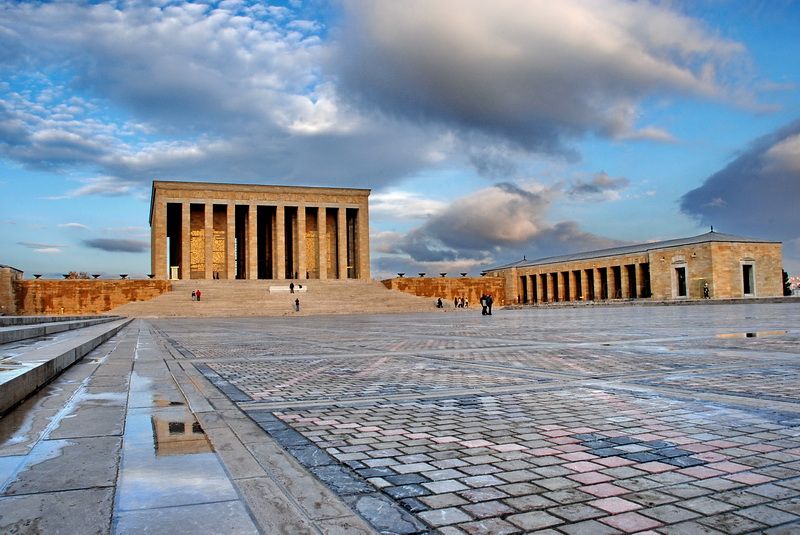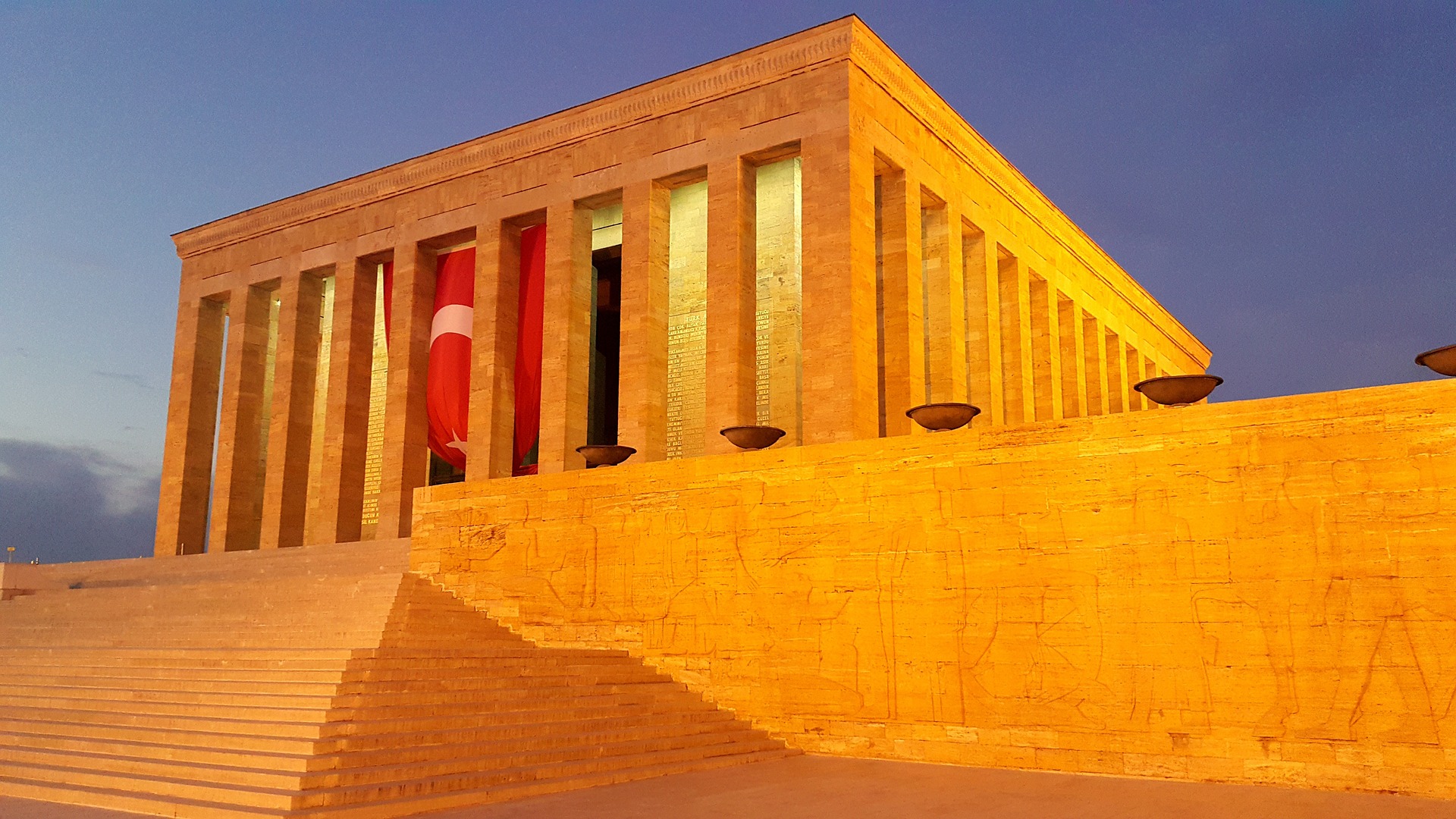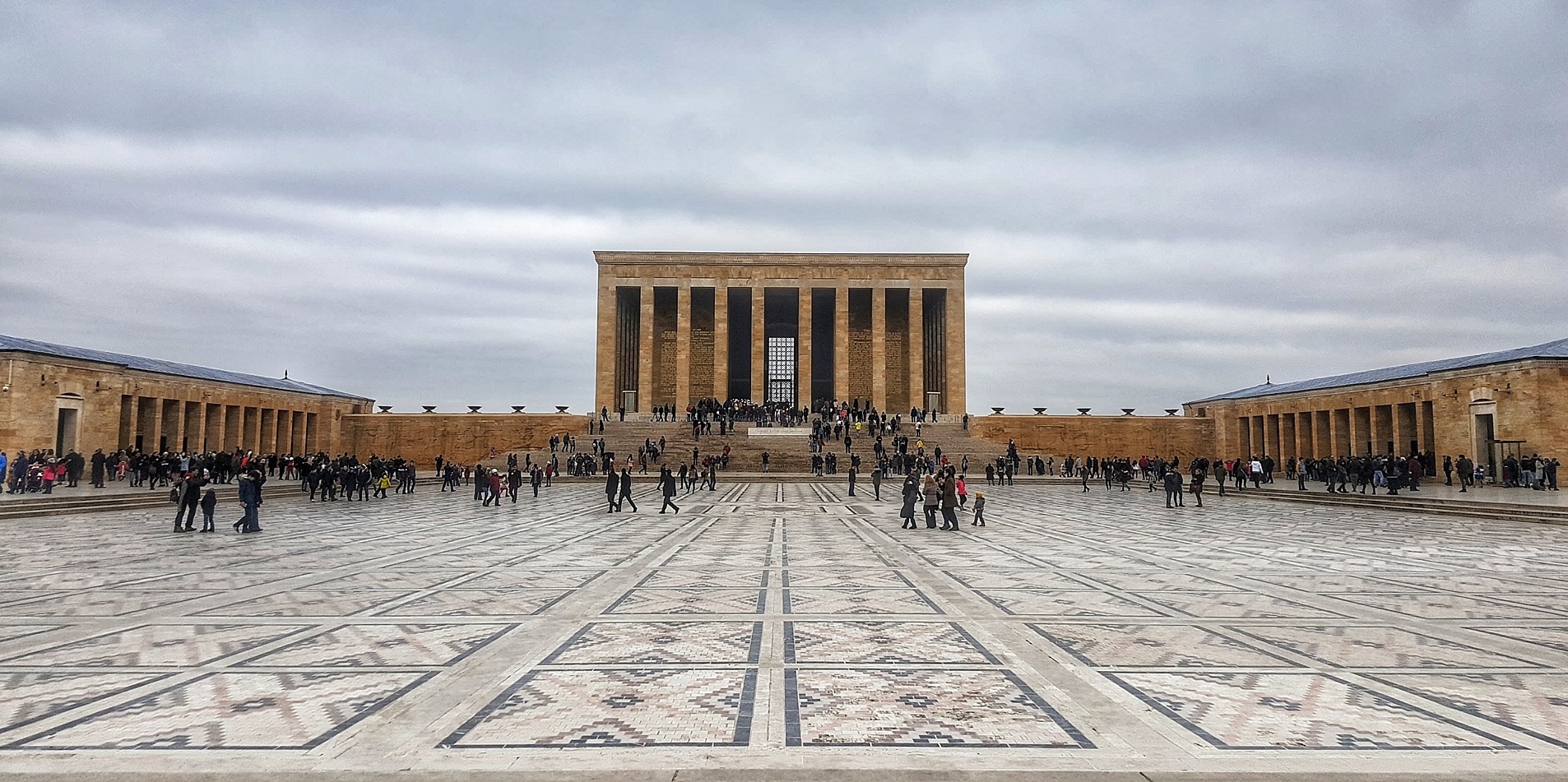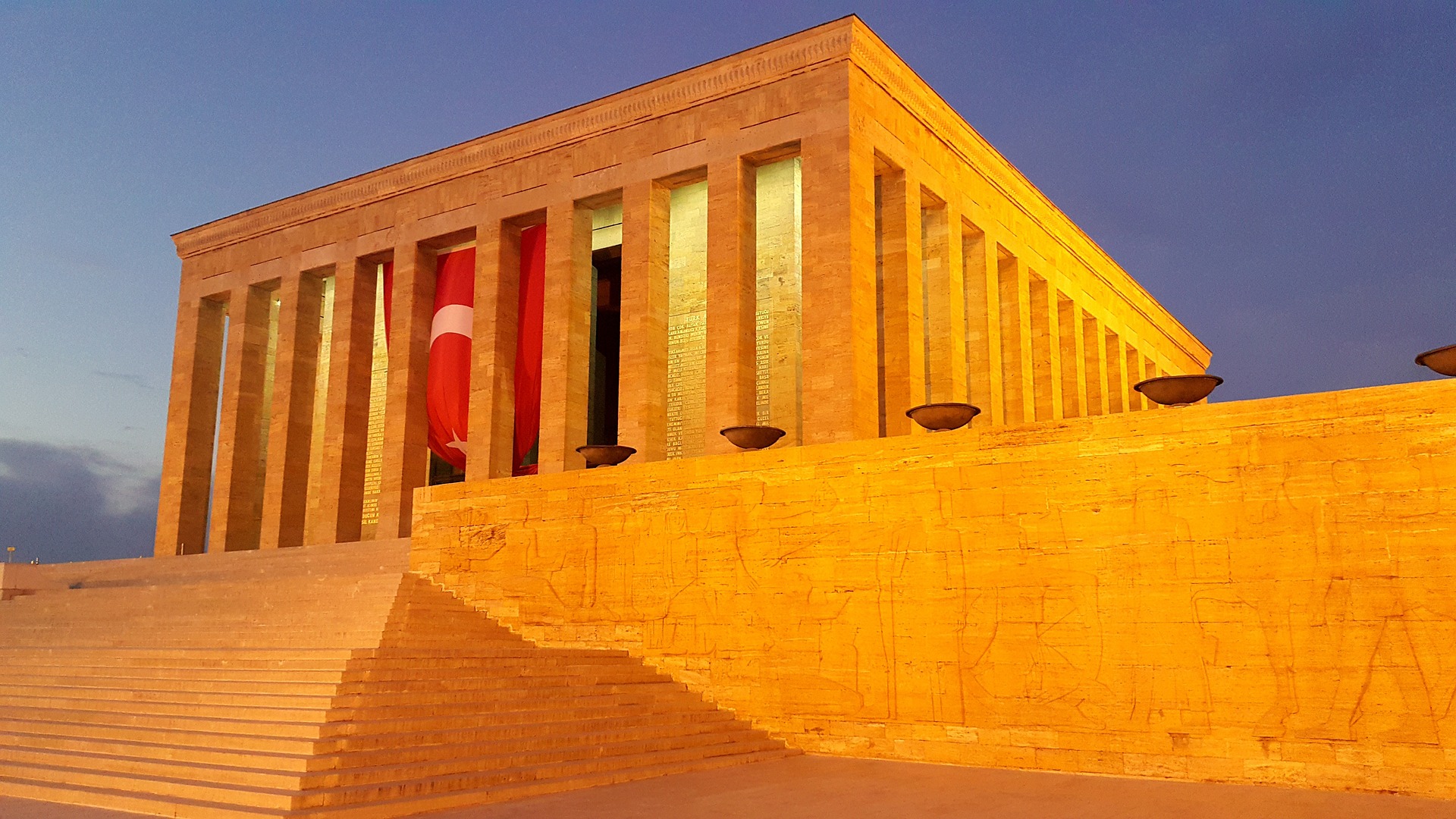When your travels bring you to Ankara, are you ready to visit not just a mausoleum, but the very heart of a nation? This is a sacred place, its walls made of stone, its foundation built on sacrifice, where the epic story of the founding of the Republic of Turkey echoes. So, how can you make the most of this historical and spiritual journey? What are the essential things to do in Anıtkabir to ensure you have an unforgettable experience without getting lost in this vast complex, understanding the meaning of every step? Let's discover the answer together and turn your visit from a simple outing into a lifelong memory. This guide will present three fundamental experiences, from the mysterious silence of the Lion's Road to the living history of the museum, and from the unwavering stance of the soldiers to the majesty of the mausoleum.
Walk the Lion's Road to reach the mausoleum
Your visit to Anıtkabir truly begins before you even reach the main structure, with the very first step you take. This 262-meter-long path that greets you is a passage designed to strip away the chaos of daily life and prepare you for a spiritual atmosphere. At the start of the road, the Independence (İstiklal) and Freedom (Hürriyet) towers welcome you with the foundational values of the republic from the very first moment. This path is not just an entrance; it is a ritual of purification and preparation for reverence.
Accompanying you along the path are 24 lion statues, a nod to the deep-rooted history of the Turks; each represents one of the 24 Oghuz tribes. These statues, inspired by Hittite art, are a testament to Atatürk's emphasis on the thousands of years of Anatolian history. The seated posture of the lions is particularly noteworthy. This stance symbolizes the Turkish nation's power and strength, while also representing its desire for peace and tranquility. They are the silent, dignified guardians of this sacred space.

The most ingenious detail in the road's architecture lies beneath your feet. The travertine stones used for the pavement are laid asymmetrically with gaps of about 5 centimeters between them. This deliberate design forces you to constantly look at your steps as you walk. Thus, you unconsciously bow your head and approach Atatürk's spiritual presence with respect, in slow, thoughtful steps. The Virginia junipers planted on both sides of the road, which remain green through all four seasons, block the view of modern Ankara, focusing you completely on the atmosphere of Anıtkabir. Knowing that Atatürk's casket was carried along this very path on November 10, 1953, adds a deeper meaning to every step you take.
Explore the Atatürk and War of Independence Museum
After the spiritual preparation on the Lion's Road, another journey awaits you, one that will take you into the heart of history: the Atatürk and War of Independence Museum. Spanning a massive 3,000-square-meter area beneath the Hall of Honor, this museum is an essential part of any visit to Anıtkabir. Opened in its current form on August 26, 2002, the 80th anniversary of the Great Offensive, the museum invites you to witness the story of a hero and a nation, step by step, like a four-act play.
The first section of the museum offers a chance to get to know the person behind the leader. Here, Atatürk's personal belongings are displayed: his custom-made clothes, watches, canes, and even perfume bottles and hairbrushes. Gifts from foreign statesmen, such as an ornate shaving kit from the King of Afghanistan or a unique weapon that doubles as both a cane and a rifle, showcase his place in international relations. This section adds a warm, human dimension to the portrait of Atatürk found in textbooks.
As you move to the second section, the atmosphere changes abruptly, and you find yourself in the midst of the most challenging moments of the War of Independence. Enormous panoramas and oil paintings depicting the Gallipoli Campaign, the Battle of Sakarya, and the Great Offensive make you feel the hardships of those days and the immense sacrifices made to achieve victory. This section speaks with the power of art and visuals where words fall short.
The third and fourth sections illuminate the architect of modern Turkey and his intellectual world after the victory. Galleries explain the republican reforms with descriptions in Turkish and English , while the Atatürk Private Library section may be the most surprising part. Here, 3,123 books from his personal library are on display. Seeing the notes he took in his own handwriting and the lines he underlined in these books, which cover various subjects in different languages, is an invaluable window into his mindset and vision. This museum proves its special place within Turkey's rich museum culture.

Watch the magnificent Changing of the Guard Ceremony
If there is a moment that breathes life into the silent, imposing stone structure of Anıtkabir, making it its living heart, it is undoubtedly the Changing of the Guard Ceremony. This ceremony will be etched in your memory as an unforgettable, goosebump-inducing moment. It is held every hour that Anıtkabir is open to visitors, making it quite easy to witness, and we highly recommend you don't miss it.
The soldiers who perform in the ceremony are meticulously selected from the most elite units of the Turkish Armed Forces. These soldiers, all at least 1.80 meters tall, display unwavering discipline thanks to their special training. Their ability to stand like statues for an hour at six key points, including the head of the Lion's Road and the entrance to the mausoleum, without even blinking, is the clearest demonstration of their dedication to this duty. Their stance is not just a guard duty; it is a living symbol of a nation's eternal respect and gratitude to its Founder.
When the hour strikes, a captivating silence descends upon the Ceremonial Plaza. The rhythmic, solid sound of the soldiers' boots hitting the stone echoes throughout the area. Their perfectly synchronized steps, rifle movements, and determined posture deeply affect everyone watching. This moment reminds you that Anıtkabir is not just a monument commemorating the past, but also a place that lives in the present and inspires the future. Checking your watch and being in the Ceremonial Plaza around the top of the hour will ensure you witness this unique moment.

Continue Exploring in Ankara
After this emotional and educational experience at Anıtkabir, you might want to continue exploring Ankara. Since you're already here, you can add the capital's other attractions to your itinerary.
For history enthusiasts, Ankara Castle, offering a panoramic view of the city and streets that carry the soul of old Ankara, is an excellent next stop. If you're looking for a quieter, more cultural atmosphere,
Hamamönü will take you on a journey back in time with its restored Ottoman houses, art workshops, and charming cafes. To unwind, you can relax at
Kuğulu Park (Swan Park), one of Ankara's landmarks, and watch the swans.
Bibliography
For more official information and potential announcements, you can visit the relevant page of the Republic of Turkey Ministry of Culture and Tourism.
Frequently Asked Questions (FAQ)
1. Is there an entrance fee for Anıtkabir? No. Visiting Anıtkabir and the Atatürk and War of Independence Museum inside is completely free of charge. It is open to all visitors every day of the year.
2. What are the visiting hours for Anıtkabir? The visiting hours for Anıtkabir vary by season. We recommend you consider the following schedule when planning your visit:
| Period | Opening | Closing |
|---|---|---|
| February 1 - May 14 | 09:00 | 16:30 |
| May 15 - October 31 | 09:00 | 17:00 |
| November 1 - January 31 | 09:00 | 16:00 |
3. Is it allowed to take photos and videos at Anıtkabir? Yes, taking photos and videos for personal use is permitted for visitors. However, professional shoots with professional equipment or commercial projects are subject to special permission from the Anıtkabir Command. It is important to maintain respect and silence during your visit.


 English
English Türkçe
Türkçe